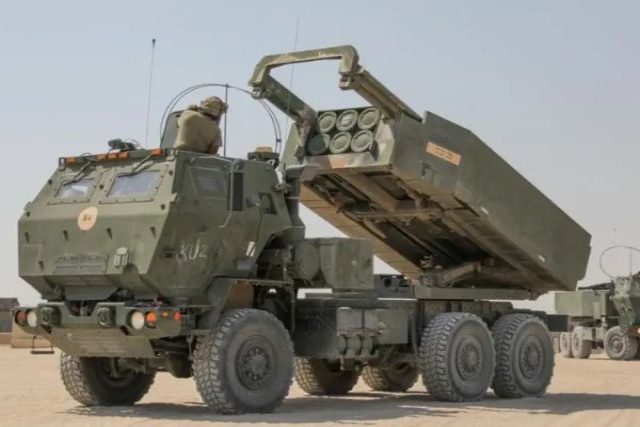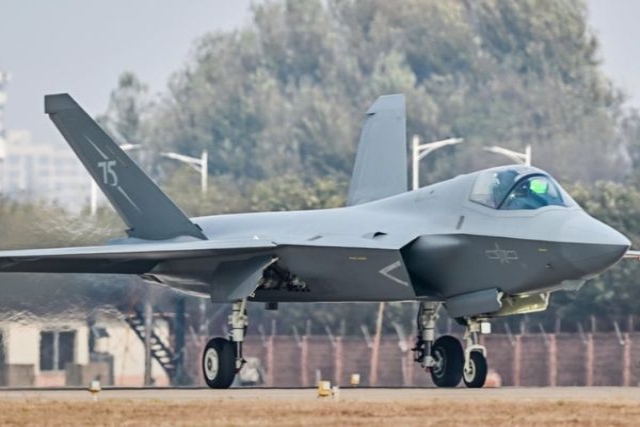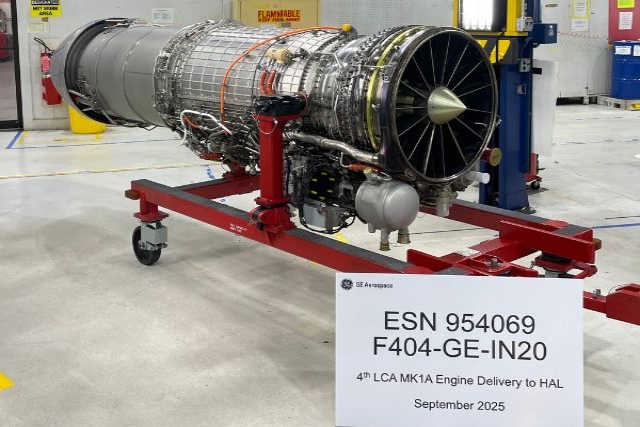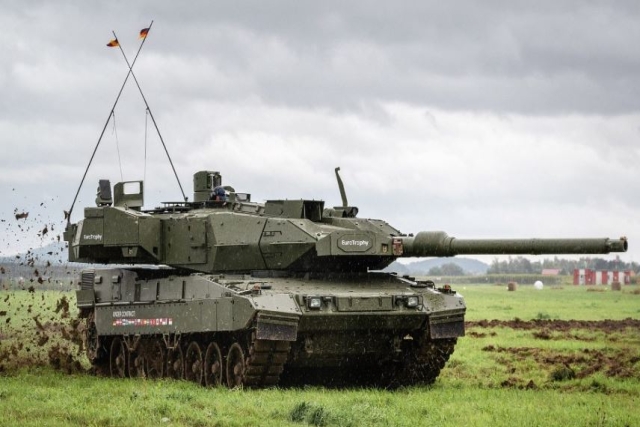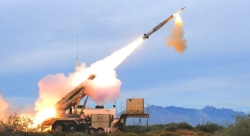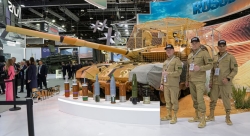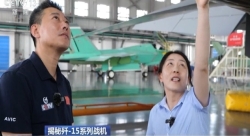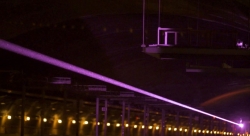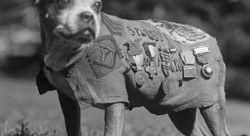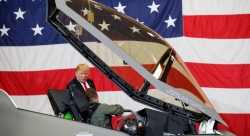Trials of Honeywell T-Hawk Micro Air Vehicles to be Conducted in India
Indian security forces will conduct trials for the T-Hawk micro air vehicle (MAV), a product of US-based Honeywell Aerospace, to test its feasibility in different terrain and surroundings. Earlier this year in April, Honeywell had carried out live demonstration and trials for T-Hawk at the Counter-Terrorism and Jungle Warfare College in Kanker, Chattisgarh. Thereafter, a video demonstration of another Israeli UAV was shown to all concerned agencies, also at Kanker. "We are now carrying out some more trials for T-Hawk before taking a final decision on procurement of MAVs for surveillance in Naxal-infested areas. Let us see how they go," a senior official of the security establishment told Economic Times. According to sources, the MHA would help the Central forces procure the UAVs. The cost of a fully-operational T-Hawk would work out to around $200,000 or approximately, 90 lakh. The forces would initially like to order a small quantity of these UAVs, preferring to "develop tactics" for their use by the forces on the ground, before placing a bigger order. Honeywell, on its part, has welcomed the idea of putting its T-Hawk through live trials in different environments and terrain. Speaking to Economic Times over the phone, the US-based Honeywell Defense and Space director, Prabha Gopinath, said: "The live trials at Kanker had borne very satisfactory results. The foliage was not too much and we could see the enemy troop movements very clearly. We also managed to detect IEDs planted 20 inches into the ground." Mr Gopinath said the company was waiting for more such trials, possibly in the denser locations, including Bastar where the Naxalites are most active. Incidentally, a top Army expert, while witnessing the T-Hawk's April trials in Chhattisgarh, had noted that most Naxalite-infested stretches were not quite located under thick foliage. Also, the expert pointed out that the Maoists were known to engage forces mostly in the "cleared" areas of the jungle. Dismissing the negative feedback from some quarters about T-Hawk not being able to see through thick foliage, Mr Gopinath said there was no UAV really capable of taking images through triple canopy. Also, unlike its close competitors, including the fixed-wing mini-UAVs of Israeli make, the T-Hawk was more sturdy as it is shaped like a large pressure cooker or a drum with all operational parts secure inside. "The biggest advantage of our design is that all the moving parts are contained, minimized any scope for snags," Mr Gopinath pointed out.
